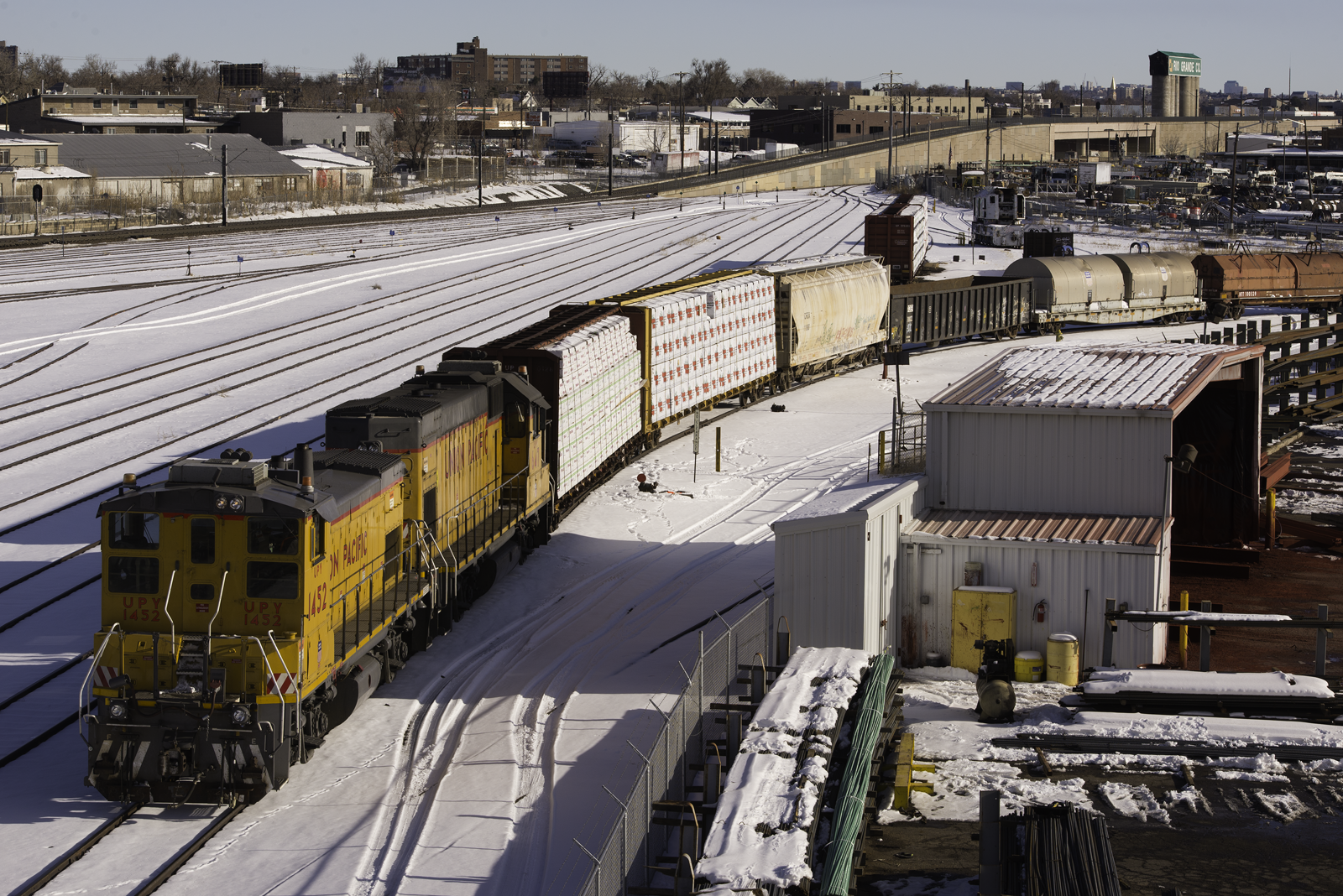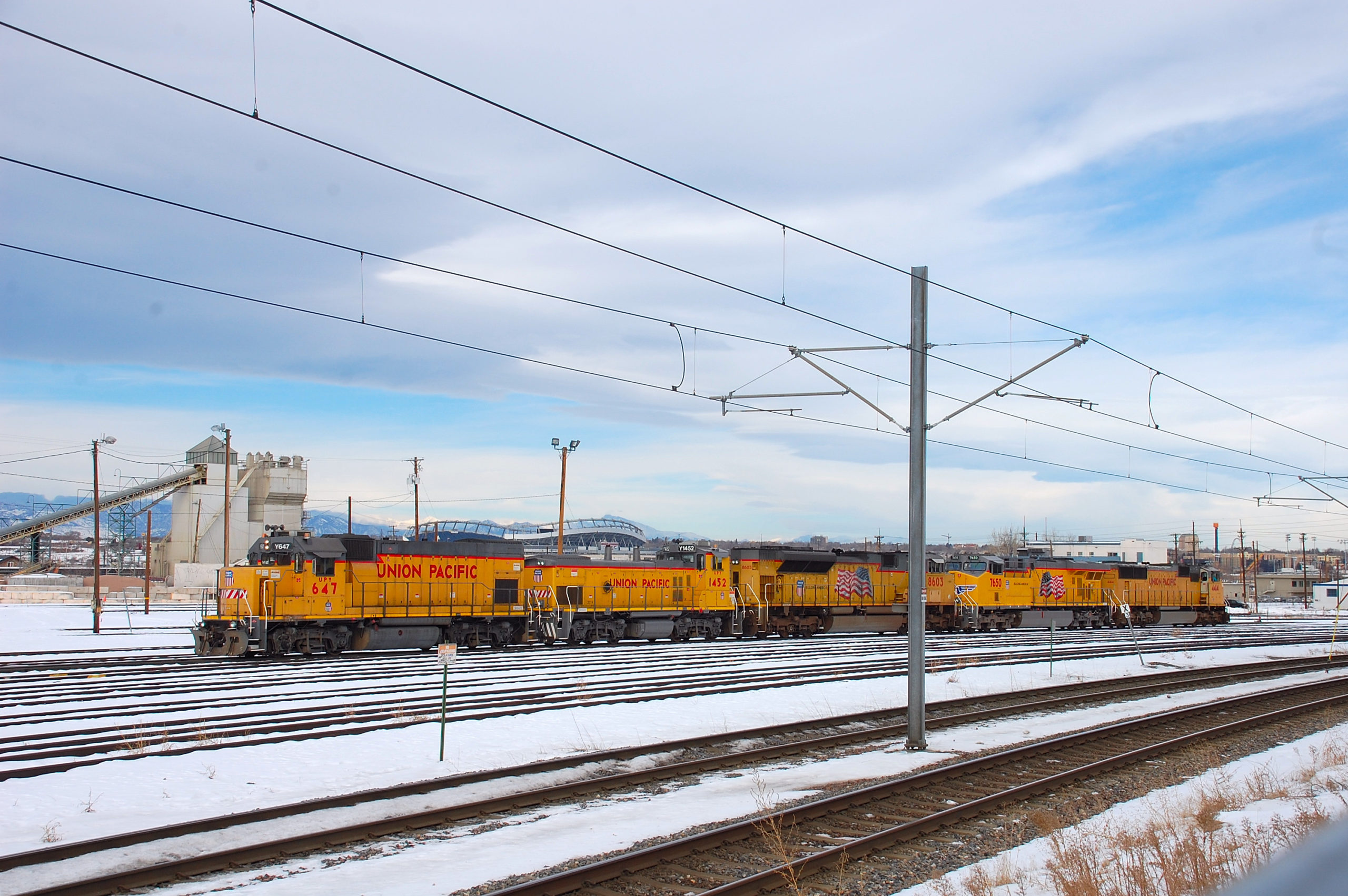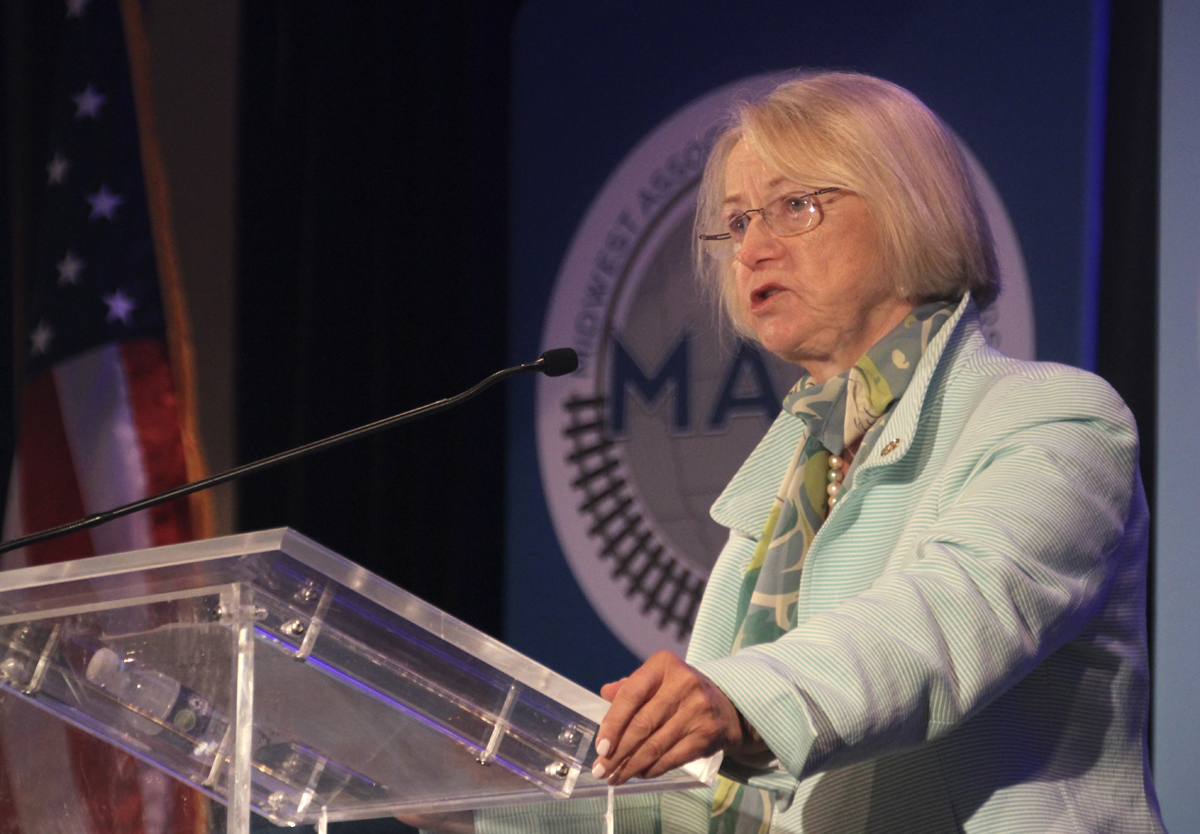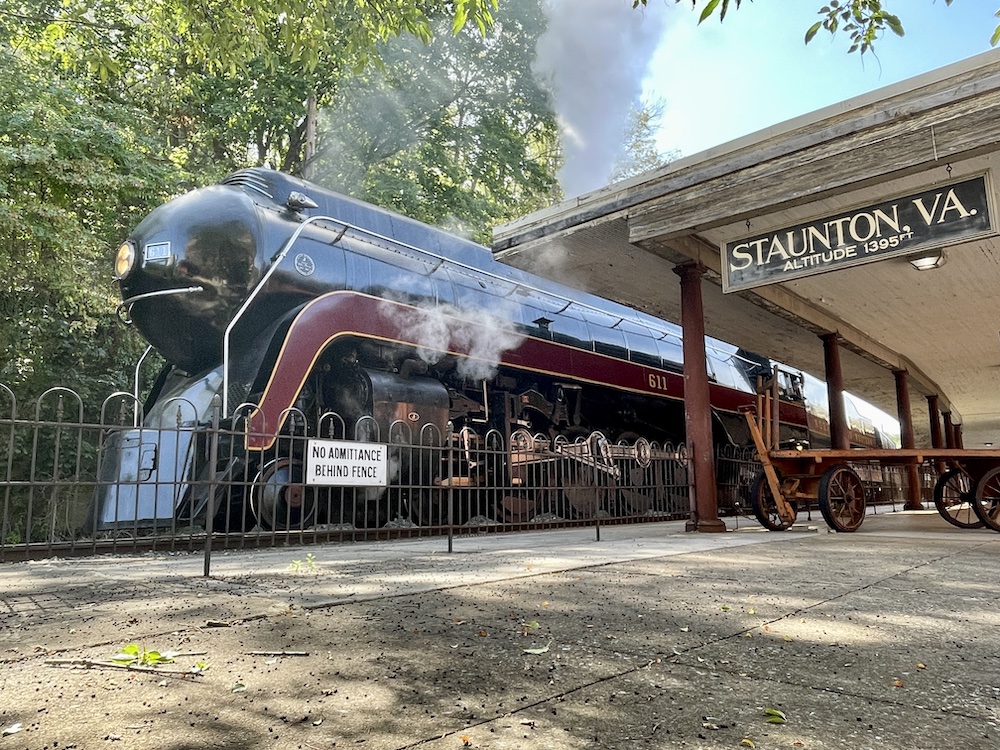
DENVER — On Feb. 14 another piece of Colorado railroad history will slip away as Union Pacific closes its Burnham Shops in Denver. Once the second largest UP shop behind Jenks Shop in North Little Rock, Ark., the loss of Burnham closes another chapter in the history of the late and much beloved Denver & Rio Grande Western Railroad.
Burnham was the famed Rio Grande’s “home” shop, the epicenter of a three-state system that once included both standard and narrow gauge steam locomotives. The area was named after George Burnham, a principle in the Baldwin Locomotive Works. Starting as a small facility in the late 1870s, Burnham grew into a massive locomotive and car shop complex. Workers at Burnham built, repaired, and maintained all types of equipment at the shops.
For instance, Burnham rebuilt standard gauge 2-8-0s into narrow gauge K-37 class 2-8-2s in the late 1920s. You can still see eight of the 10 engines Burnham rebuilt today. The largest steam locomotives on the railroad, Alco 2-8-8-2s, called the shops home. The Burnham car shops also helped keep the famous Ski Train in top shape and built cabooses.
Some older shop buildings were constructed in the 1880s, but what became the diesel shop was built in the early 20th century. In 1988, when Rio Grande bought Southern Pacific, the new SP spent $15 million overhauling the facility. It transferred work and employees from its old heavy rebuild shop in Sacramento to the rebuilt 146,000-square-foot Burnham Shops in February 1992.
According to UP’s Info Magazine, in the 1990s the Burnham production line was designed to produce 365 locomotive overhauls a year, but the facility never reached its ambitious goals, releasing at its peak 233 locomotives in one year.
UP informed shop employees on Nov. 16 that Burnham would close Feb. 14. The railroad blamed the closing on the decline in coal carloadings in Colorado, with the number of coal trains originating in the state decreasing 80 percent since 2005. But railroads have been reducing the number of shops on their systems for years, and with other shops not that far away in North Platte and South Morrill, Neb., it is likely that UP looked at Burnham as simply one shop too many.
UP says it plans to offer that land for sale. A future owner which is likely to meld the property into Denver’s urban development as more people decide to live in the city rather than the suburbs.















Mr. Esty; Thank you for the information from Colorado. My statement is in regards to the end of this article where they state "A future owner which is likely to meld the property into Denver's urban development as more people decide to live in the city rather than the suburbs. In most cases when a City uses "Uruban Development" that is short for Adgenda 21 program. " Rosa Koire explains Adgenda 21 in "Behind the Green Mask"
The Burnham Shops were perfectly positioned to service a future Colorado Front Range commuter rail system but this probably won't be in the cards for a while at least until I-25 is completely jammed north and south of Denver. The property is immediately adjacent to RTD's 10th and Osage LRT Station, a close connection to downtown and Union Station, so it makes sense that the property eventually be developed for residential and commercial use to serve Metro Denver's exploding population. Nothing forced here as Mr. Quinn would suggest, just simple supply and demand.
Yes, too bad the old D&RGW Burnham shops are being closed by UP.
I would imagine there would probably need to be some cleanup of the underlying soil in and around the shops before this property can be redeveloped?
Instead of UP employees working at Burnham shops, they may become tenants as more people are FORCED to live in the city rather than the suburbs! All in the name of global warming!! I would say it would be better if BNSF purchased it, But W. B. owner of BNSF, also paid to stop the Pipe line so his Trains could haul the oil!
This is sad to see UP sell out to Agenda 21 & blame the coal industry. New urban development programs, more like Agenda 21 herding the cattle!!
I spent a number of days working on the Anschutz private cars (Kansas, Utah, Colorado) there in the late 80's. It was very interesting being able to explore those shops and storehouses.
It's sad to see another part of Denver's historic rail infrastructure turned into condos; at least they will be served by the light rail line that runs at the edge of the facility.
Bring back the Rio Grande!